| Sackville Lane, 1916 |

The note.
Printed in [O'Rahilly, 1991].
Written after I was shot -
Darling Nancy
I was shot leading a rush up Moore Street
took refuge in a doorway.
While I was there I heard the men pointing out where I was + I made a bolt for the lane I am in now.I got more one bullet I think
Tons + tons of love dearie to you + to the boys + to Nell + Anna.
It was a good fight anyhow.Please deliver this to Nannie O'Rahilly
40 Herbert Park
DublinGood bye darling


Map of the charge, made out in 1966 by one of the participants.
From
[P102/550(2)].

Postcard showing the
British Army barricade at the top of Moore St that shot The O'Rahilly.
This barricade was at the junction of
Moore St and
Parnell Street.
See full size.
Postcard image from the site of the film
A Terrible Beauty,
which incorrectly labelled this the corner of Moore St and Henry St.

Simpson and Wallace butchers, 57 Parnell St, shown in
[Thom's, 1914]
at the junction of Parnell St and Moore St.
This
confirms the location of the above photo.

This graphic on
broadsheet.ie
locates the picture at the wrong end of Moore St.

Before he died, The O'Rahilly dipped his finger in his own blood
and wrote his name on the doorway beside his head.
Here
Manchán Magan
re-creates that for The Struggle (2003).
It is sometimes mistakenly said that the note to his wife was written in his blood, but that is not true.
Re-enactment in 2015 by Cabra Historical Society of the charge up Moore Street led by The O'Rahilly.

The death of The O'Rahilly,
as portrayed by actor
John McMahon
in the TV drama-documentary
"Cumann na mBan" (2015).

1966 interview
of rebel Tom Devine, who was in the party with The O'Rahilly
in the charge up Moore St.
24 minute interview for "Portraits 1916", RTE TV, 1966.
From 11:10 to 14:40 he gives an account of the charge and
The O'Rahilly's death.
He also mentions the death of Paddy Shortis.

1965 interview (broadcast 1966)
of rebel Eamon Dore, who was also
in the charge up Moore St.
20 minute interview for "Portraits 1916", RTE TV, 1966.
From 16:15 to 18:30 he gives an account of the charge and
The O'Rahilly's death.
He mentions the death of Paddy Shortis
but I think Tom Devine's account is more accurate.
This area got very run down,
and was redeveloped.
The pub was demolished in 2002-03
and the plaque removed.
A new building is now on the site.


A shot of the sign for O'Rahilly Parade
appears in this video of
Dublin in 1968.
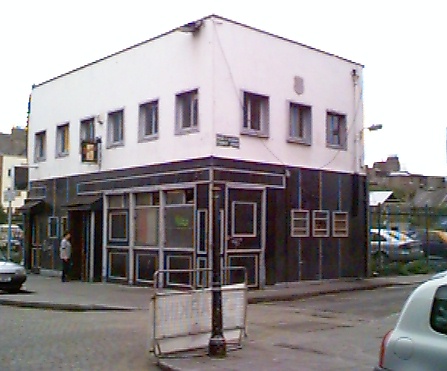
The old plaque on the now-demolished building
at the corner of Moore St (to the left) and O'Rahilly Parade (to the right).
Photo 1999.
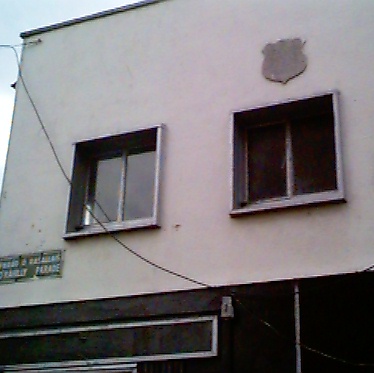
The old plaque at O'Rahilly Parade.
Photo 1999.
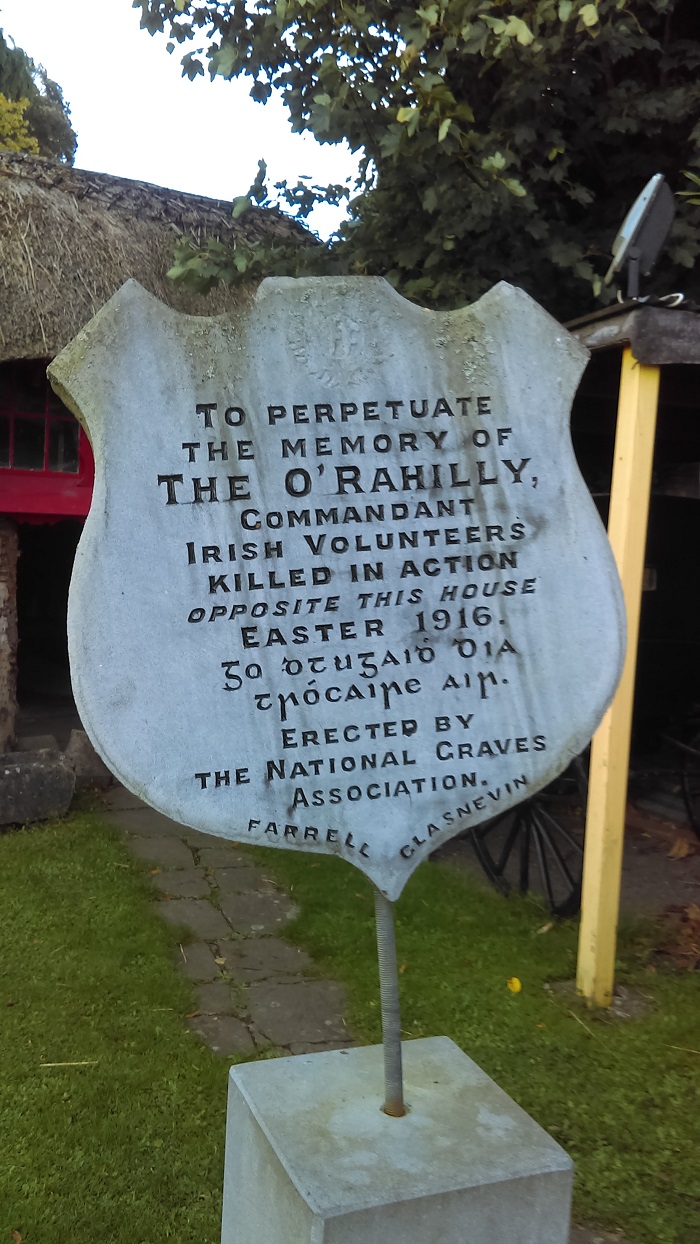
The Dublin plaque was saved and is now in
Cashel Folk Village, Cashel, Co.Tipperary.
The plaque inscription was originally in English.
There were objections to this, so the plaque was taken down,
reversed and the inscription carved in Irish on the other side.
This Irish version was then put back up.
In Cashel Folk Village you can see both sides.
See full size.
See Irish side.
Photos 2017
from Margaret Ryan.

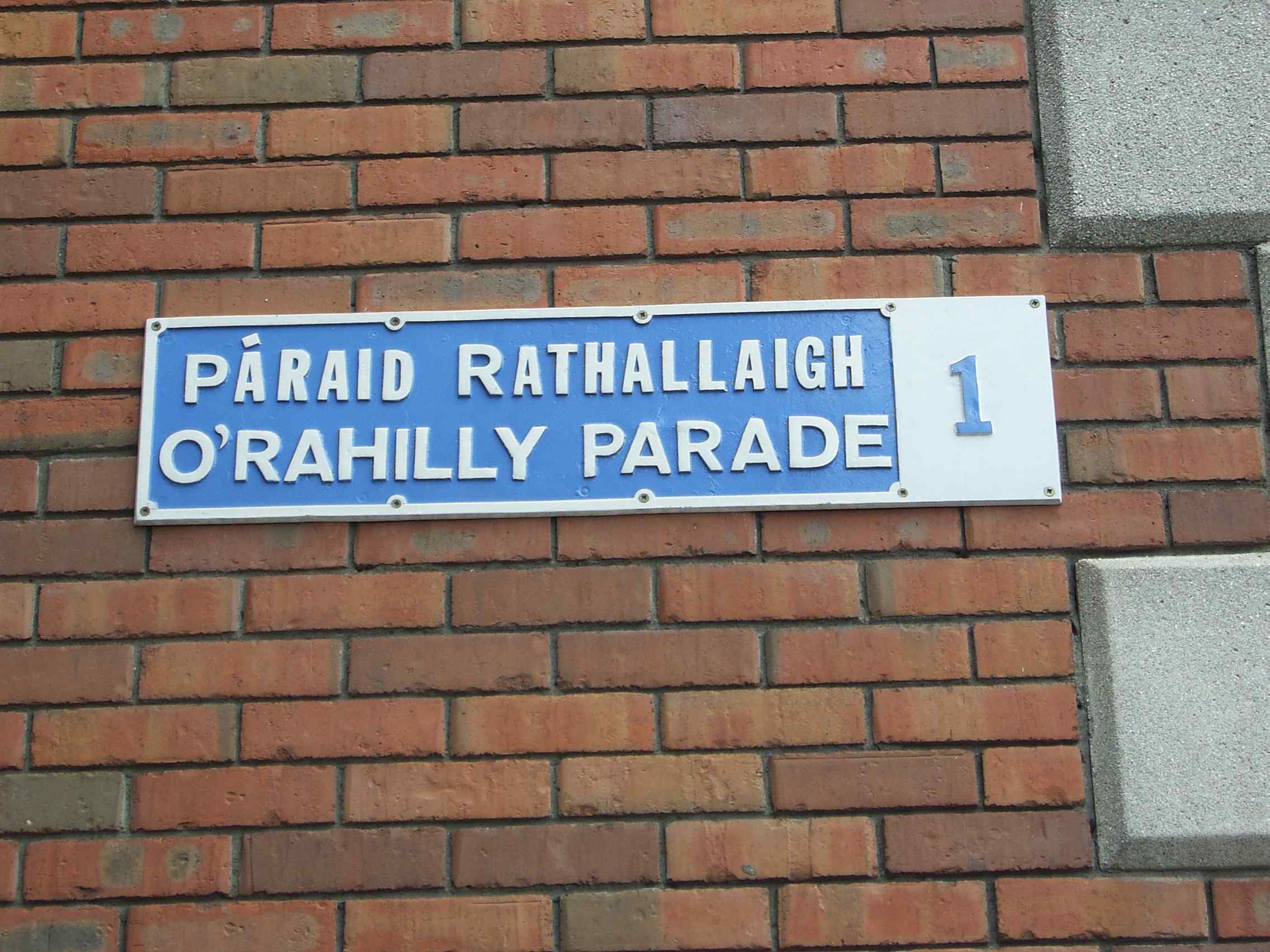
The street sign,
on the S corner of O'Rahilly Parade and Moore St.
Photo 2005.
See full size.
See wider shot.
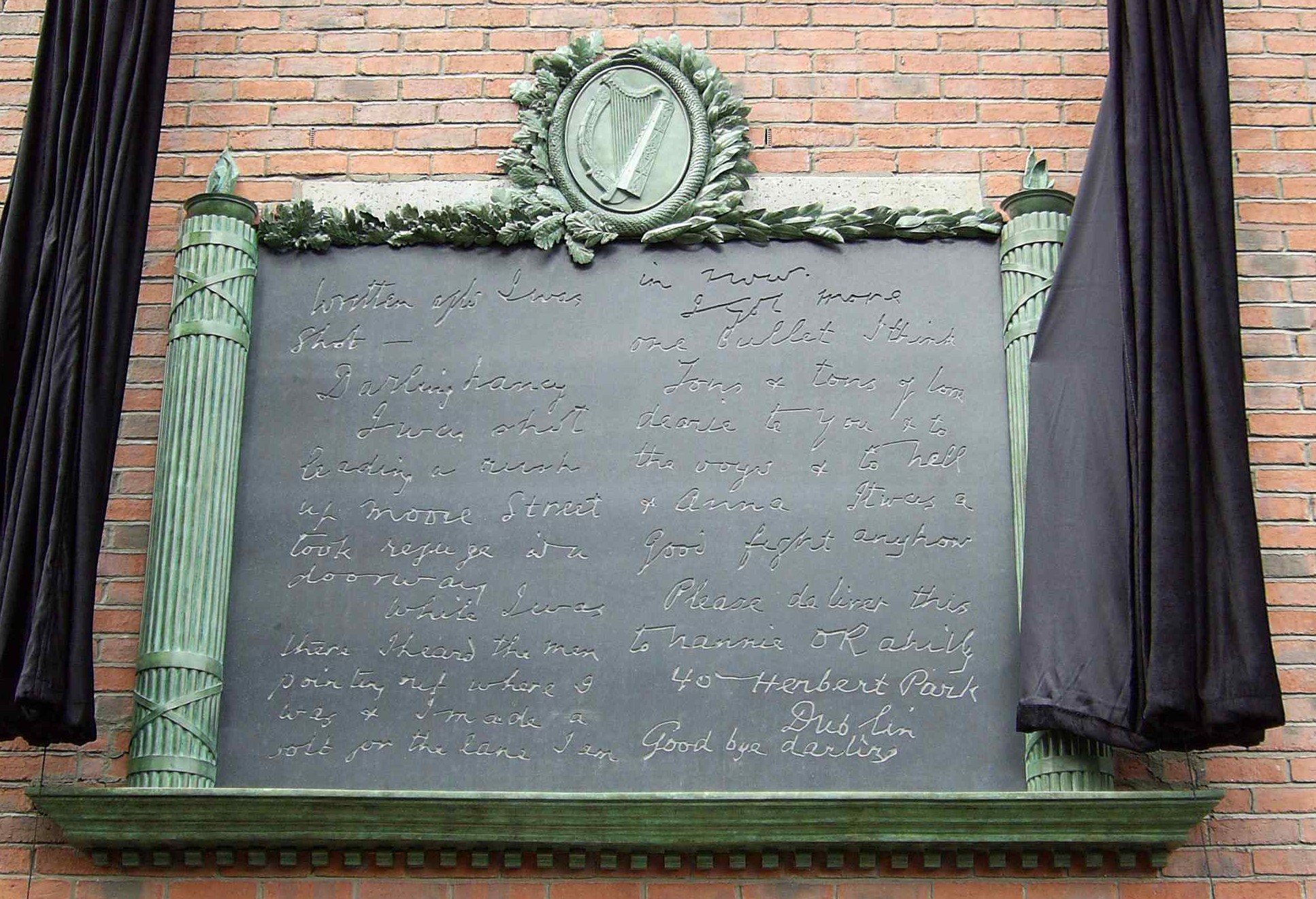
The new plaque, O'Rahilly Parade, featuring the note.
Photo 2005.
See full size.
See 2025 shot.
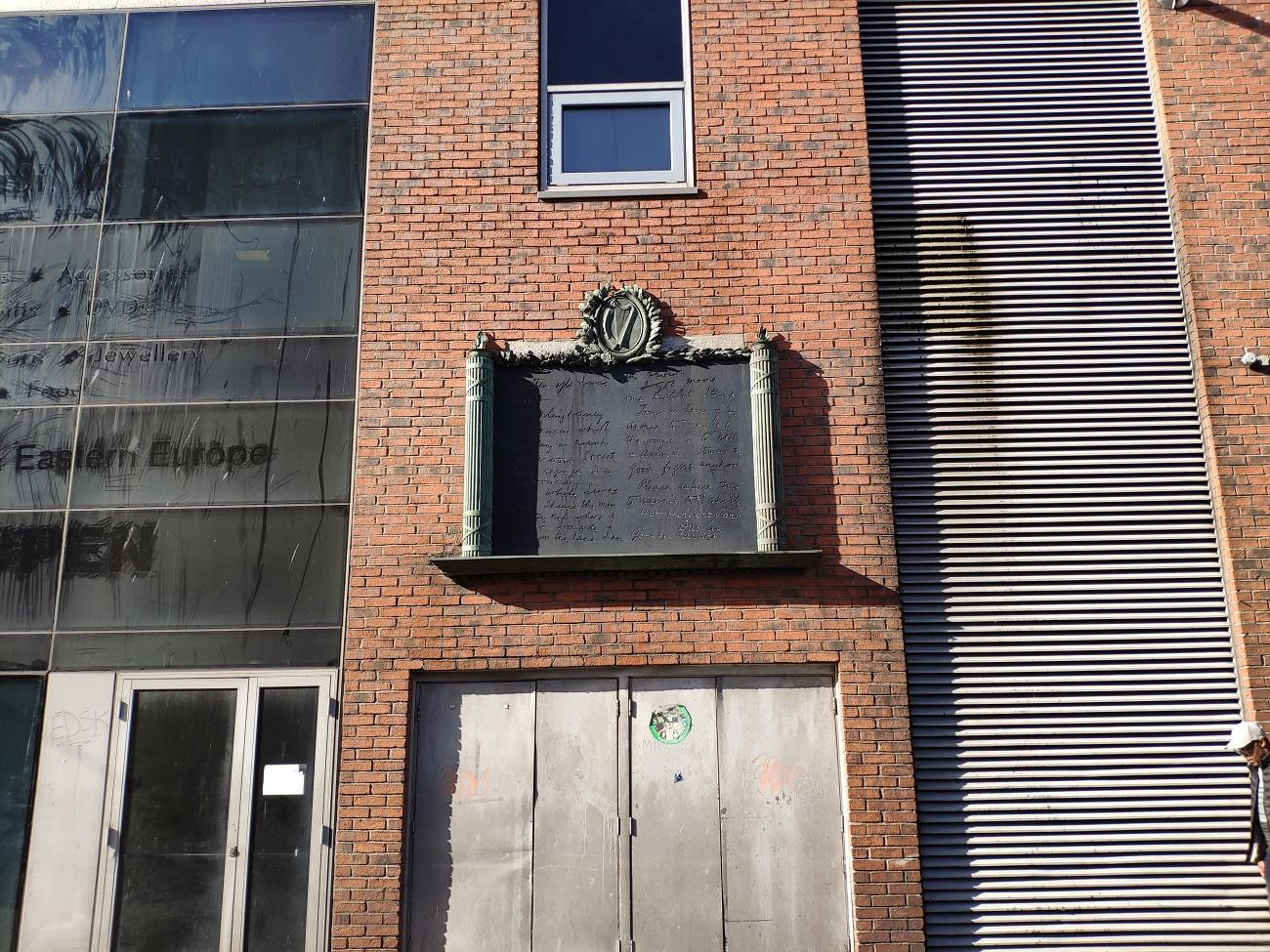
Wider photo in 2025.
See larger
and full size.
See other 2025 shot.
See 2007 shot.
By Peter Brown.
See terms of use.
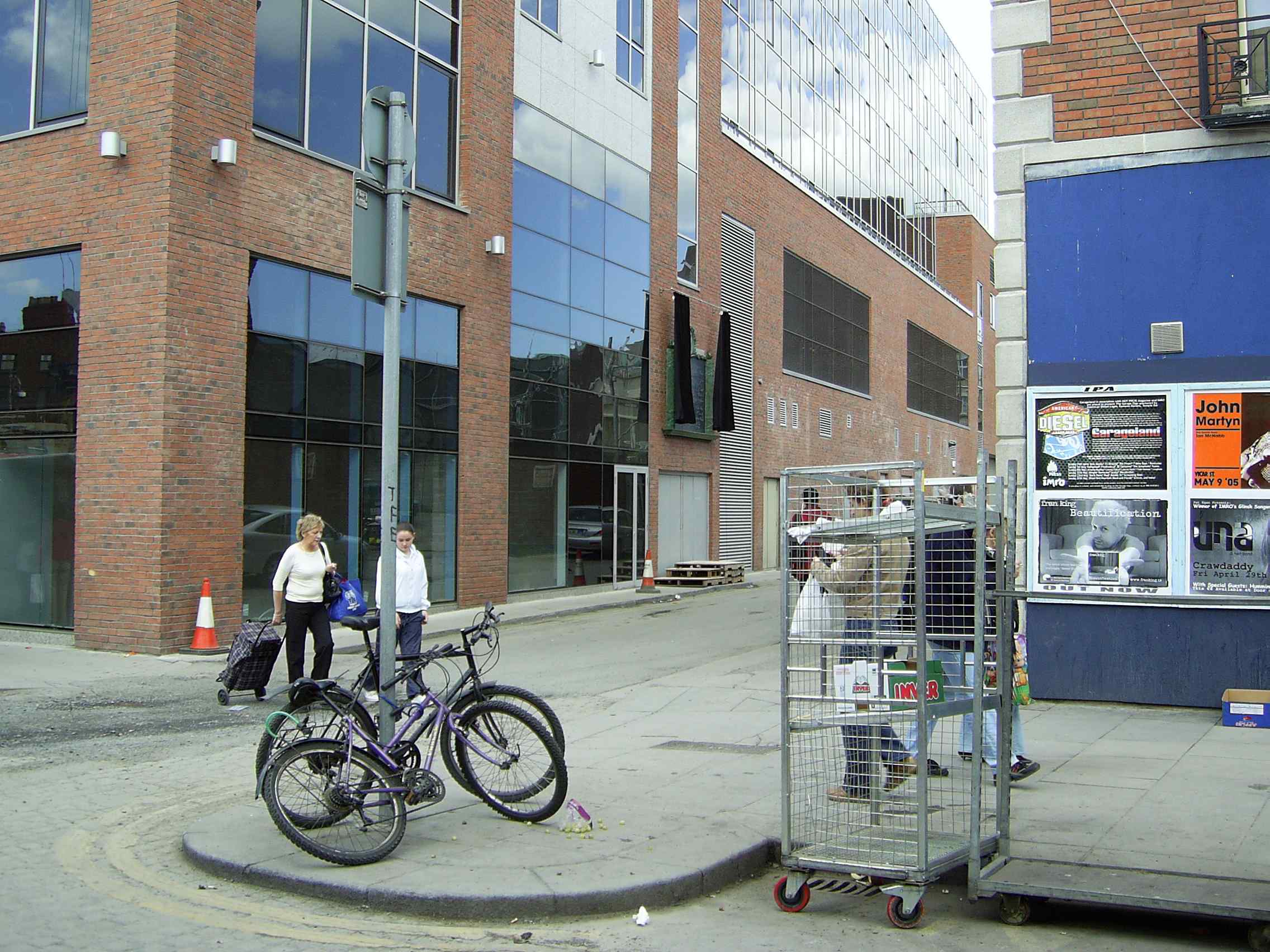
The corner of O'Rahilly Parade and Moore St, looking N.
New plaque visible on N side of O'Rahilly Parade.
Photo 2005.
See full size.
See other shot.
Please donate to support this site.
I have spent a great deal of time and money on this research.
Research involves travel and many expenses.
Some research "things to do"
are not done for years, because I do not have the money to do them.
Please Donate Here
to support the ongoing research and
to keep this website free.